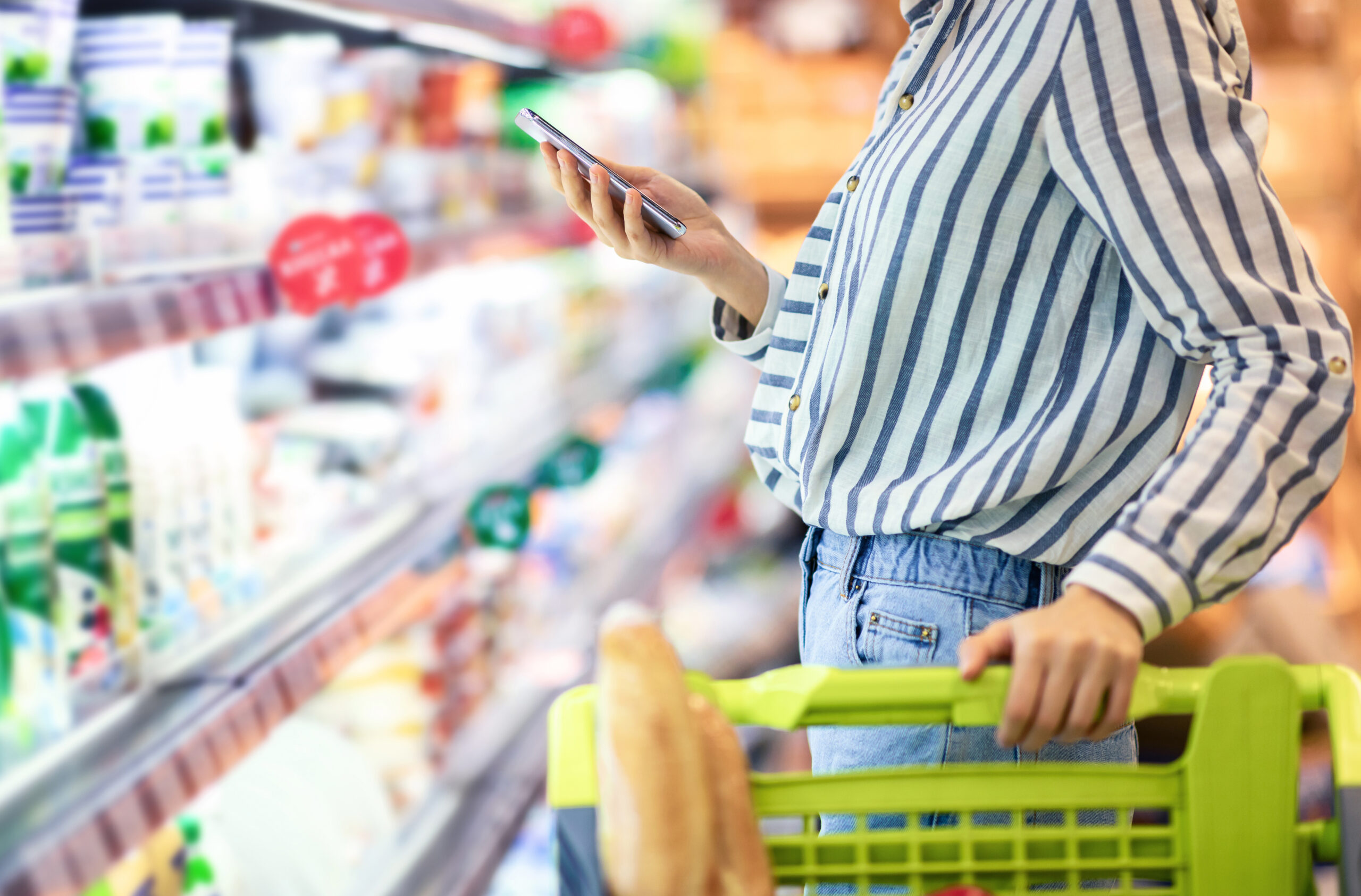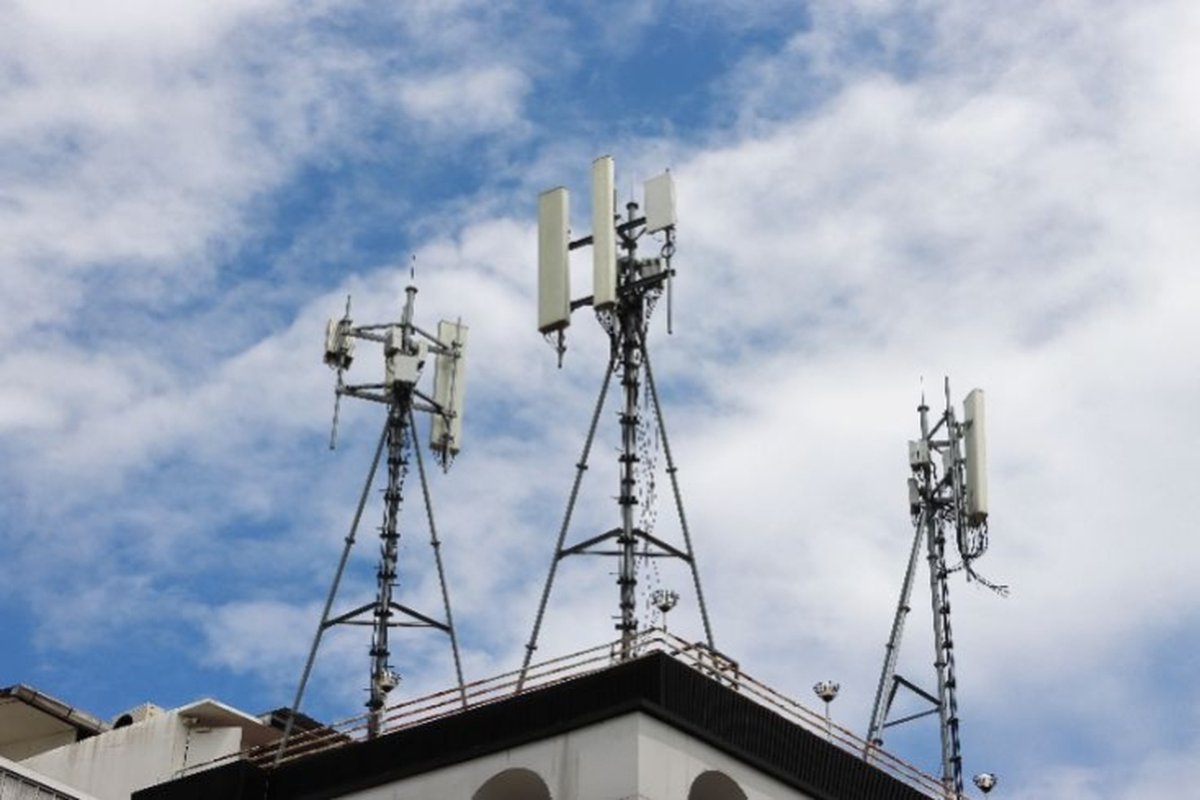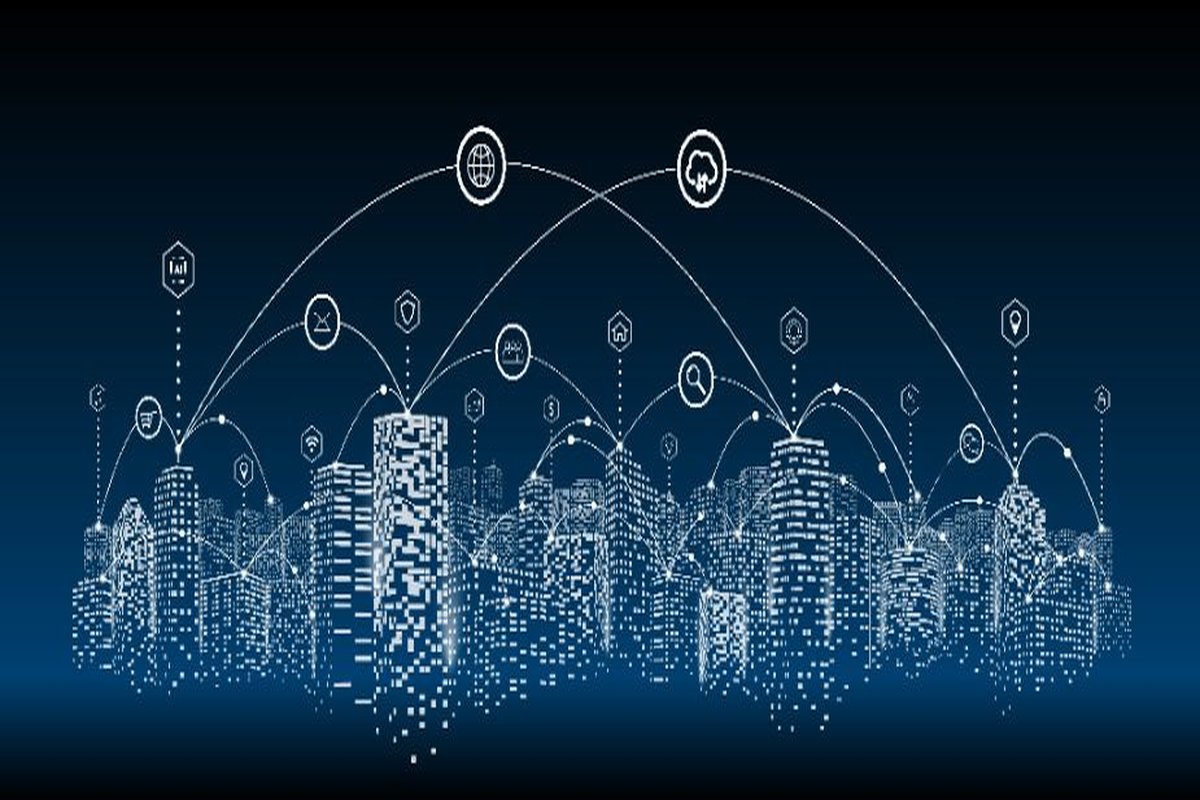In an era where customer expectations are higher than ever and operational efficiency is critical, retailers are discovering that one infrastructure investment delivers broad, quantifiable benefits: robust in-store cellular coverage.
From improving the customer experience to cutting operational costs and enhancing safety, the case for deploying a solution like Nextivity’s CEL-FI—a commercial-grade cell phone signal booster—is clearer than ever. With Tesco’s recent QR code-based trial designed to drive shoppers toward smartphone engagement1, retailers need to ensure in-store connectivity doesn’t become a limiting factor.
Let’s examine why cellular coverage, and the right phone signal booster, is no longer optional for modern retail.
1. Customer Experience and Maximizing Sales Opportunity
Today’s shoppers expect connectivity. From mobile coupons and loyalty apps to scan-and-go solutions, mobile phones are integral to in-store shopping experiences. Yet, studies show that fewer than 20% of customers connect to in-store Wi-Fi due to usability and trust issues2. Cellular coverage provides seamless, automatic connectivity, eliminating customer resistance and missed sales opportunities.
Tesco’s QR code trial is a prime example: by encouraging shoppers to scan QR codes throughout the store for deals and information, Tesco is driving customers to rely on their smartphones. But without dependable cellular signal—or a reliable phone signal booster—this initiative, and others like it, could fall flat.
Strong cellular coverage directly impacts:
- Speed at checkout: When apps or coupons don’t load, checkout times increase, which leads to longer queues and abandoned baskets.
- Omnichannel engagement: 90% of U.S. consumers shop across multiple channels, and omnichannel shoppers spend 1.5x more3. Real-time access to apps and online content in-store is essential.
- Retail media monetization: Retailers are capitalizing on in-store digital media. But these networks require a high-bandwidth, low-lag connectivity — impossible without robust wireless infrastructure and strategic phone cell phone signal booster deployment.
- Increased dwell time: Studies show a 1% increase in the time a user spends in store can drive a 1.3% increase in spend4. Seamless connectivity encourages shoppers to linger, browse, and buy.
- Spontaneous purchases: Research shows that in-store mobile phone use—such as making phone calls or texting—is associated with an increase in unplanned purchases5 —another reason why retailers are investing in high-performance cell phone signal boosters for their stores.
2. Operational Efficiency and Cost Control
Retail operations today rely on real-time data exchange and connected devices—from handheld scanners and RFID tags to digital shelf labels and refrigeration sensors. Poor connectivity leads to inefficiencies that impact the bottom line.
Deploying enhanced cellular coverage using a cell phone signal booster solution like CEL-FI can result in:
- An increase in sales from reduced stockouts, thanks to real-time inventory tracking.
- Faster restocking through better stock alert systems and IoT integration.
- Significant labor cost savings by reducing manual inventory checks and improving task coordination.
- Automated environmental monitoring, like refrigerator temperature logging, which is both a compliance requirement and a cost-saving measure.
An advanced DAS (Distributed Antenna System) with integrated support for public and private cellular networks ensures this digital infrastructure runs smoothly—and securely. A high-performance cell phone signal booster for retail not only connects shoppers but also keeps systems functioning without interruption.
3. Welfare, Security and Risk to Life
The safety and security of shoppers and staff is a non-negotiable necessity. Enhanced cellular coverage enables:
- Reliable access to emergency services from anywhere in the store.
- Faster response times to incidents via direct staff communications or app-based alerts.
- Smart safety systems, like water leak detectors near refrigerators to prevent slip hazards—each incident avoided can save retailers an average of $42,000 in liability.
- Secure surveillance and loss prevention systems through real-time video feeds and IoT-based risk monitoring.
Retailers can cut liability and safety-related costs with better-connected safety systems. And during emergencies, a store-wide cell phone signal booster can be a literal lifesaver—ensuring no shopper or staff member is left without signal in a time of crisis.
The Bottom Line
Retailers today are under pressure to maximize every square foot of their stores. Whether it’s unlocking new revenue streams through omnichannel experiences, improving operational agility, or ensuring safety, robust in-building cellular connectivity is an essential enabler—not a luxury.
With Nextivity’s CEL-FI cell phone signal booster, retailers gain a unique, integrated solution that supports public cellular, private 5G, IoT sensors, and public safety communications—all under one roof. This isn’t just about better bars on your phone; it’s about enabling the store of the future, today—with the help of the industry’s most advanced cell phone signal booster.
Let’s Talk
Get in touch to explore how a cell phone signal booster for retail can help you can help you turn cellular coverage into a strategic retail advantage.
1Source: Tesco kills off checkout tradition with ‘revolution’ making customers use smartphones, msn.com
2Source: Wi-Fi tracking: A data gold mine or privacy nightmare?, Retail Dive.
3Source: 2024 Digital Grocery Takeaways, Grocery Doppio.
4Source: Time is money, Brand Track.
5Source: Using a mobile while browsing the shelves may make shoppers buy more, Science Daily.




